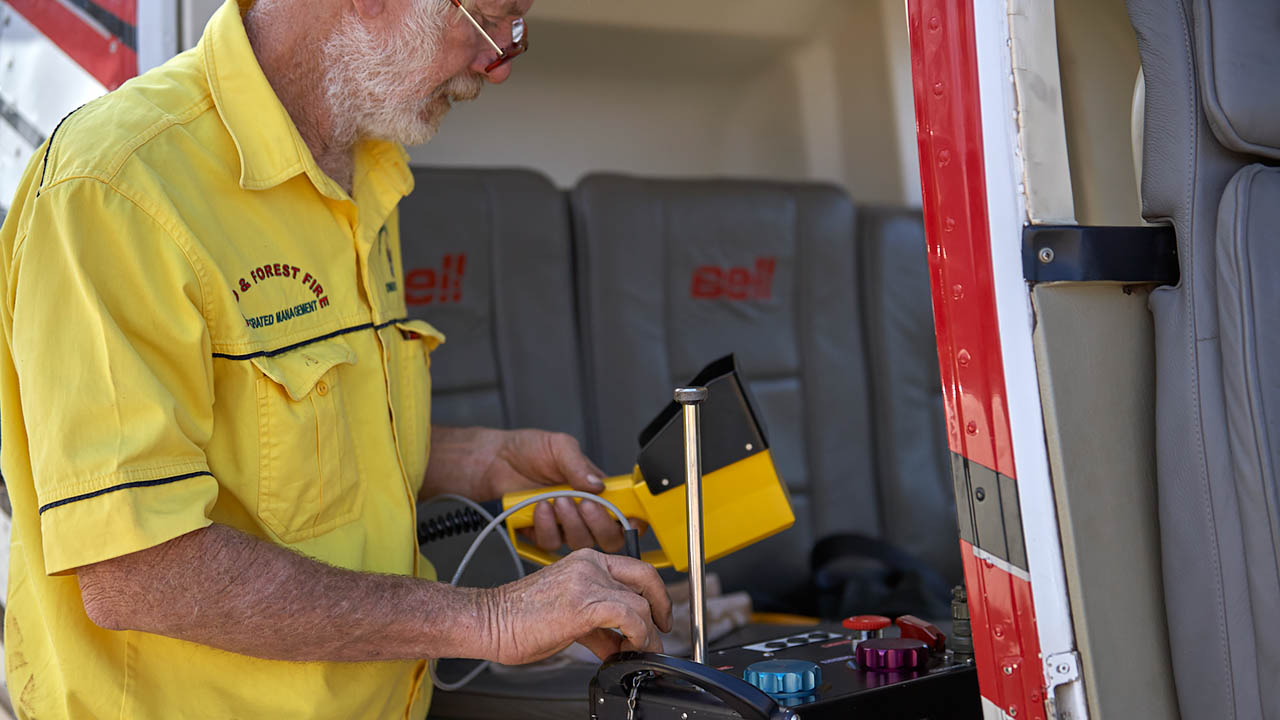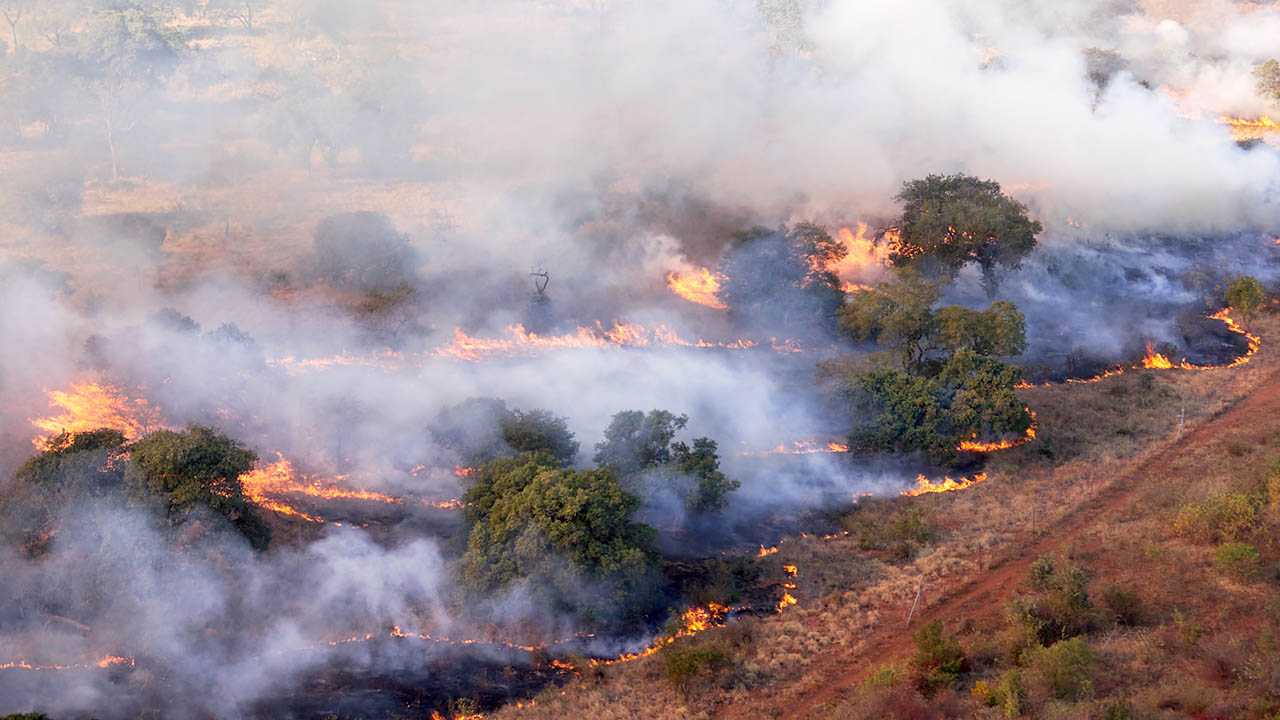Limit the
Imapact of
Harmful fires
FUEL LOAD MANAGEMENT
Managage fire risk.
PRESCRIBED BURNING
Working on Fire has more than 20-years of experience in Prescribed Burning.
Working on Fire has more than 20-years of experience in all types of Prescribed Burning. Within our vast network, we supply professionally trained and fully equipped crews for any kind of prescribed burn to any international location. When also develop local capacity through training and skills transfer.
-
Wildfire hazard reduction
-
Reduction of hazardous fuels
-
Cycle nutrients
-
Perpetuate fire-dependent species
-
Improving wildlife and livestock habitat
-
Controlling pest problems
-
Site preparation for reforesting
-
Manage endangered species
-
Protection of infrastructure
-
Fire Breaks
-
Understory Burning (Under canopy fire management, Manual Ignition or Aerial Ignition)
-
Fuel Load Reduction
-
Slash Burning
-
Fuel Load Risk Reduction
-
Moribund Grass Removal
-
High Intensity Fires (control of bush encroachment)
-
Point Ignition Specialists (Mosaic burns)
-
Perimeter Burn Systems
-
Burning of Contaminated Landscapes
VERTICAL FUELS
Vertical Fuels with open canopies usually have a faster spreading surface fire than closed canopies, and torching of individual trees with possible spotting. Crowning may occur when very strong winds are present, crowning is however unlikely without a closed canopy. Closed canopy stands that are greater than six feet in height, whether timber or tall shrubs, offer the best opportunity for a running crown fire.
SURFACE FUELS
Surface fuels include litter, grass and shrubs to about six feet in height. If no aerial fuels are present, surface fuels have an open environment subject to stronger winds and more heating and drying by solar radiation. Fires burn through this fuel level with low to high rates of spread. Surface fuels generally carry a prescribed fire.
SUBSURFACE FUELS
Peat fires burning in peatlands tend to produce long-lasting, smoky, underground blazes, burn a smaller area than fast-moving forest fires, and can burn up to 10 times more fuel mass per acre, producing far more smoke. They have widespread public health impacts, and can contribute to respiratory ailments and premature deaths in an affected region. Peat is soil comprised of partly decayed plant material formed in wetlands.
CONTACT
Request more information.
CONTACT
Rua Luis Spiandorelli Neto
30, Sala 301
Jardim Paiquerê
Valinhos-SP, BraZil, CEP 13271-570
Tel: +55 19 3246 1534




